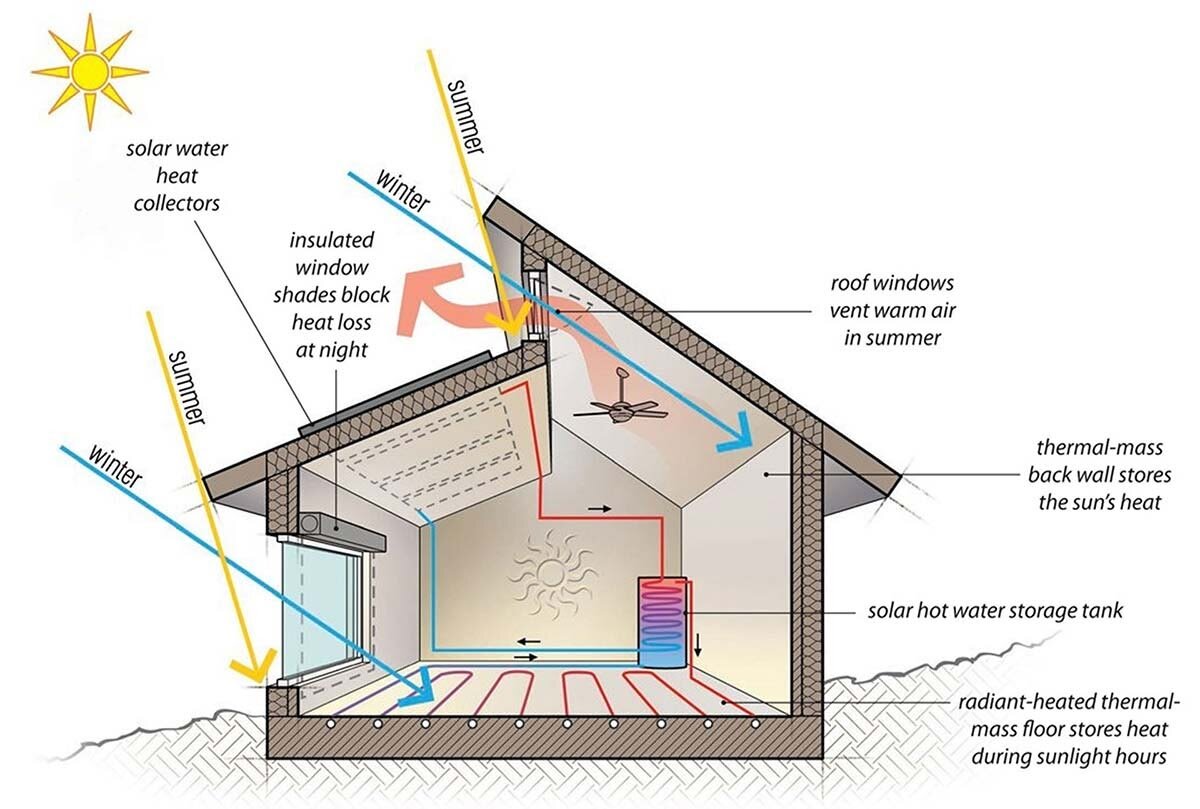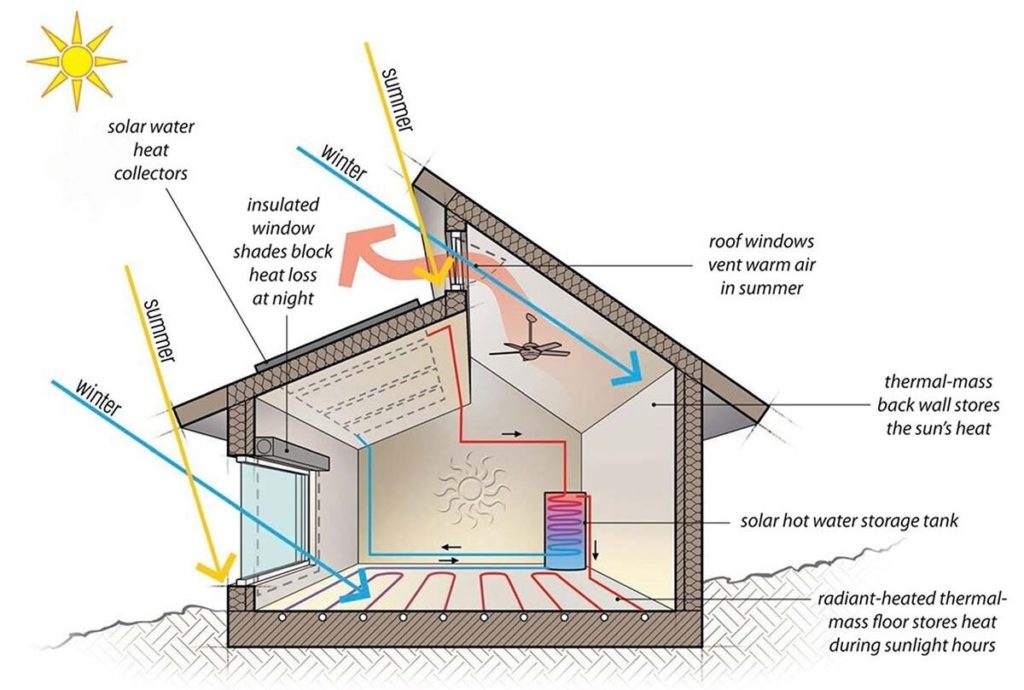
The Economics of Passive Energy: Cost vs. Benefit
In a world where sustainable practices are becoming increasingly crucial, passive energy design emerges as a beacon of economic and environmental hope. This innovative approach focuses on harnessing natural resources and minimizing reliance on traditional energy sources. In this blog, we delve into the economics of passive energy design, examining the initial costs, long-term savings, and the overall return on investment (ROI). By understanding the financial implications, businesses and homeowners can make informed decisions that benefit both their wallets and the planet.
The Initial Investment:
One of the primary concerns when adopting passive energy design is the initial investment. Upgrading or incorporating passive elements into a structure may incur higher upfront costs compared to conventional alternatives. However, it’s essential to view this expenditure as a strategic investment rather than a mere expense. Passive design elements such as efficient insulation, high-performance windows, and thermal mass construction contribute to an energy-efficient building envelope.
While the initial costs may seem daunting, they pave the way for substantial long-term savings and benefits.
Long-Term Savings:
The heart of passive energy design lies in its ability to significantly reduce ongoing energy consumption. By optimizing a building’s orientation, utilizing natural lighting, and incorporating thermal mass, passive designs work in harmony with the environment, resulting in decreased reliance on external energy sources.
Heating, ventilation, and air conditioning (HVAC) systems are often major contributors to energy bills. Passive designs mitigate this by regulating temperature naturally, reducing the need for constant climate control. Additionally, energy-efficient windows and insulation prevent heat loss, creating a more stable internal environment. These factors cumulatively lead to substantial long-term savings on energy bills.
Return on Investment (ROI):
The true measure of any investment lies in its return, and passive energy design excels in delivering a favorable ROI. While the initial costs may be higher, the ongoing savings and increased property value contribute to a rapid payback period. Energy-efficient buildings are often more attractive to tenants and buyers, thereby increasing the property’s market value.
Moreover, as energy costs continue to rise, the financial benefits of passive design become even more pronounced over time. The ROI extends beyond monetary gains, encompassing the positive environmental impact and the potential for government incentives and tax breaks for sustainable building practices.
Business and Homeowner Benefits:
- Reduced Operating Costs:
- Businesses and homeowners can enjoy immediate reductions in energy bills, leading to enhanced financial stability.
- Enhanced Property Value:
- Passive energy design increases property value, making it a wise investment for those looking to sell or lease their spaces.
- Market Demand:
- With the growing emphasis on sustainability, properties incorporating passive design elements are more appealing to environmentally conscious consumers, fostering a higher demand.
- Government Incentives:
- Many governments provide incentives, tax credits, or subsidies for adopting energy-efficient practices, offering an additional layer of financial benefit.
Conclusion:
The economics of passive energy design reveal a promising landscape for businesses and homeowners alike. While the initial costs may seem higher, the long-term savings, increased property value, and positive environmental impact make it a financially sound and responsible choice. As the world embraces sustainable living, the adoption of passive energy design not only contributes to a greener future but also offers a robust economic foundation for those willing to invest in the well-being of both their finances and the planet.






